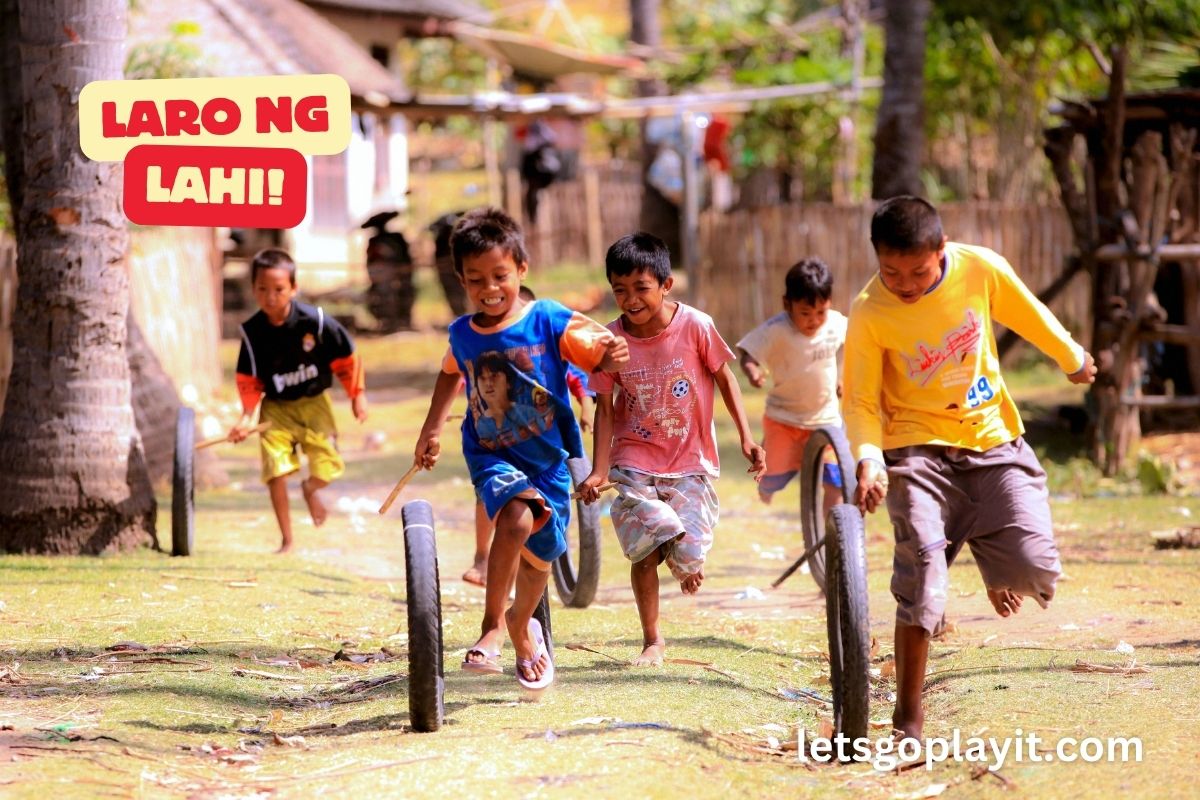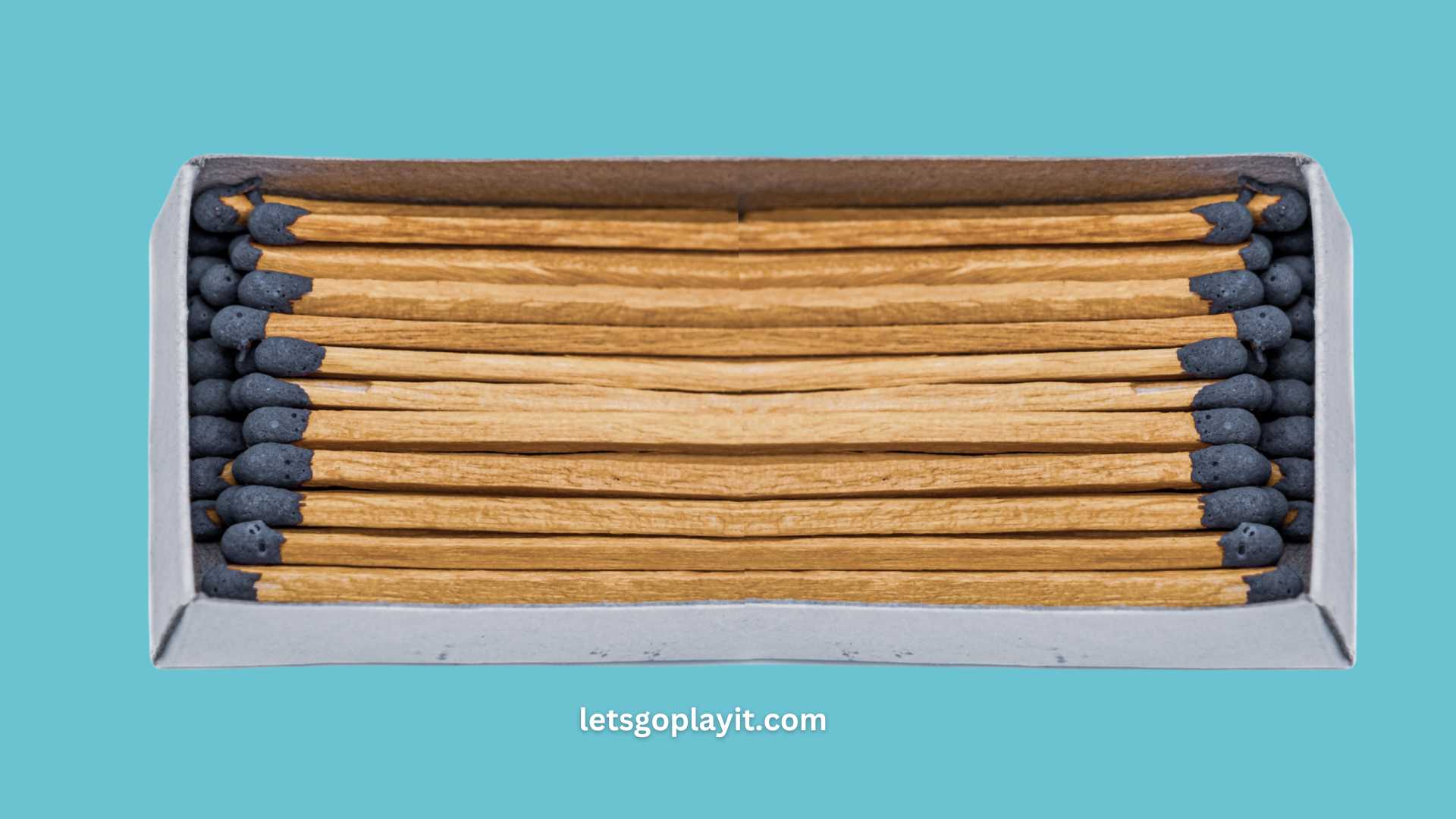Introduction
In the heart of the Philippines lies a treasure trove of culture and history, encapsulated in the simple yet profound games of our childhood. Laro ng Lahi, the traditional Filipino games, are more than just pastimes; they are the threads that weave the rich tapestry of our heritage.
As a proud “Batang 90’s” from Pampanga, I fondly recall the laughter and camaraderie that filled our streets when we played these games. They were not just games; they were lessons in life, love, and community.
The Essence of Laro ng Lahi
Laro ng Lahi, literally translating to ‘native games,’ are the games that have been passed down through generations in the Philippines. These games are a mirror reflecting our culture, showcasing the Filipino spirit of joy, resilience, and togetherness.
In a time when digital screens were non-existent, these games were our universe, our playground of endless possibilities.
A Walk Down Memory Lane: Some of the Popular Laro ng Lahi Games
Let’s take a stroll down memory lane and revisit some of the games that defined our childhood:
- Tumbang Preso: This game, often played with a can and slippers, was not just about knocking down a target. It was about strategy, agility, and the thrill of the chase. I remember the adrenaline rush as we ran to hit the can while avoiding the ‘it’ or ‘taya’.
- Patintero: Known as the game of lines, Patintero taught us about teamwork and tactics. The goal was simple – cross the lines without being tagged – but the lessons it imparted were complex.
- Taguan (Hide and Seek): The classic game of hide and seek was more than just finding the best hiding spot; it was about understanding your surroundings and the joy of reuniting with friends after a successful hide.
- Sipa: Using a washer with colorful threads, Sipa was our version of hacky sack. It required skill and grace, and it was a game where we challenged ourselves to keep the sipa off the ground for as long as possible.
The Cultural Tapestry
Delving deeper into the cultural roots of these games, Laro ng Lahi is not just a testament to Filipino creativity but also a reflection of our history. These games were born out of necessity and ingenuity, where simple household items or natural elements were transformed into sources of endless fun. They are a living legacy, telling stories of our ancestors, their lives, and their joys.
Laro ng Lahi in the Modern Filipino Childhood
In today’s digital age, the charm of Laro ng Lahi faces the threat of being forgotten. The streets that once echoed with the shouts and laughter of children playing Patintero or Tumbang Preso are now quieter.
However, there’s a glimmer of hope. By integrating these traditional games into school curriculums and community events, we can keep the spirit of Laro ng Lahi alive. As a child of the 90s, I believe it’s our responsibility to pass on this rich heritage to the younger generation.
What Are Its Educational Value
Laro ng Lahi is not just about play; it’s a valuable educational tool. These games teach children important life skills such as teamwork, strategy, and physical coordination. They also offer a unique way to learn about Filipino culture and history in a fun and engaging manner.
In a game of Sipa, for instance, children not only develop agility but also learn about Filipino craftsmanship and the art of making the sipa.
Comparative Perspective: Laro ng Lahi vs. Global Traditional Games
When we compare our games with traditional games from other cultures, we find many similarities and some unique differences.
Like the Japanese Kendama or the American Hopscotch, our games are rooted in simplicity and imagination. However, what sets us apart is the communal aspect – these games are rarely played alone. They are designed to bring people together, much like our Filipino concept of ‘bayanihan’.
Preserving Laro ng Lahi
As we embrace modernity, let’s not forget the games that once brought us together. Preserving Laro ng Lahi is preserving a part of who we are as Filipinos. I urge schools, communities, and families to keep these games alive. Organize Laro ng Lahi days, include them in physical education programs, and most importantly, play them with joy and pride.
Conclusion
Larong Lahi is more than just a collection of games; it’s a celebration of our identity, a reminder of our roots, and a bridge to our future. As we continue to navigate through the digital world, let’s not lose sight of the simple joys these traditional games offer. They are not relics of the past but beacons for the future, guiding us towards a more connected and joyful community.
Frequently Asked Questions (FAQs) About Larong Lahi
Q1: What is Larong Lahi?
A1: Larong Lahi refers to traditional Filipino games that have been passed down through generations. These games are an integral part of Filipino culture and heritage, reflecting the values, creativity, and communal spirit of the Filipino people.
Q2: Why is it important to preserve Laro ng Lahi?
A2: Preserving Laro ng Lahi is crucial for maintaining a connection to our cultural heritage. These games provide insight into our history and traditions, and they foster a sense of community and togetherness. They also offer educational value, teaching children about teamwork, strategy, and physical coordination.
Q3: Can Laro ng Lahi be adapted for modern play?
A3: Absolutely! Larong Lahi can be adapted to suit modern contexts while retaining its core essence. This can be done by incorporating them into school curriculums, and community events, and even using modern materials to play these games.
Q4: Are there any similarities between Laro ng Lahi and games from other cultures?
A4: Yes, many traditional games across cultures share similarities, such as the use of simple materials and the focus on physical skill and strategy. However, Laro ng Lahi is unique in its communal aspect, often requiring group participation and fostering a strong sense of community.
Q5: How can I teach my children Laro ng Lahi?
A5: You can teach your children Laro ng Lahi by playing these games with them. Share your own childhood experiences and stories associated with each game. Additionally, you can find resources online or in community centers that provide instructions and historical contexts for these games.
Q6: What are some popular Laro ng Lahi games?
A6: Some popular Laro ng Lahi games include Tumbang Preso, Patintero, Taguan (Hide and Seek), and Sipa. Each game has its own set of rules and offers a unique blend of fun, strategy, and physical activity.
Q7: How can communities get involved in preserving Laro ng Lahi?
A7: Communities can organize Laro ng Lahi events, include these games in local festivals, and encourage participation across different age groups. Schools and local government units can also play a role in promoting and preserving these traditional games.
Q8: Are Laro ng Lahi games suitable for all ages?
A8: Yes, Laro ng Lahi games are generally suitable for all ages. They are a great way for families and friends of different generations to bond and have fun together.
Q9: Can Laro ng Lahi help in physical development?
A9: Definitely. Many Laro ng Lahi games require physical activity, which can help in developing coordination, agility, and overall fitness, especially among children.
Q10: Is there a way to learn more about the history of Laro ng Lahi?
A10: To learn more about the history of Larong Lahi, you can consult cultural history books, visit local museums, or engage with cultural experts. Online resources and documentaries also offer valuable insights into the rich history of these games.





5 thoughts on “Laro ng Lahi: Reviving the Spirit of Filipino Games”